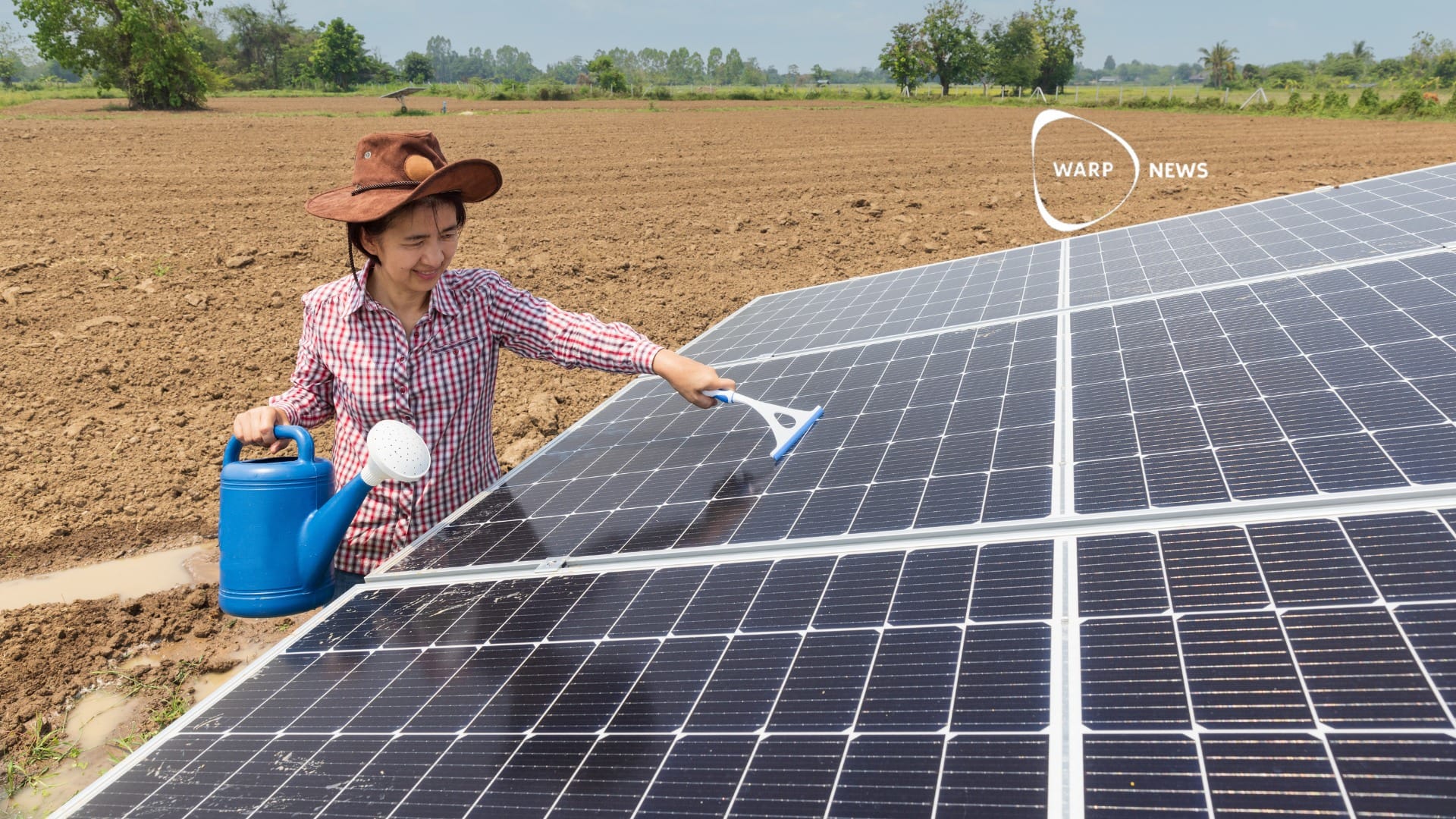
✈ New substances allow more sustainable de-icing of aircraft
A gelatin-based spray can keep surfaces free of ice and is significantly more environmentally friendly than today's de-icing methods.
Share this story!
It is essential to de-ice aircraft before takeoff if the temperature is below freezing to avoid aviation accidents. Currently, glycol is commonly used to defrost aircraft, but it is not environmentally friendly.
The glycol quickly drops off the aircraft and ends up in stormwater if it is not taken to a treatment plant. If the plane is left standing for a while, it may need to be de-iced repeatedly, which increases both the environmental impact and the cost of de-icing.
But now, researchers at the University of Illinois at Chicago in the United States have found an alternative. Or, more precisely, it has seen about 80 different options. Researchers have developed creams, sprays, and gels that can prevent a surface from being covered with ice.
Common to the alternatives is that they consist of phase transformation materials. It is the material where the material's latent heat is used to absorb or emit heat.
The substances are smeared or sprayed on a surface and prevent ice from forming. Unlike glycol, the implications remain on the surface for a long time, so there is no need for continuous de-icing. This means that the substances can be used to de-ice aircraft and can also be used to keep, for example, ice away from outdoor lighting and windows.
The substances are made of environmentally friendly materials such as gelatin, so their environmental impact is much less than glycol.
The researchers behind the substances have applied for patents and now intend to try to create commercial products from them.


By becoming a premium supporter, you help in the creation and sharing of fact-based optimistic news all over the world.



